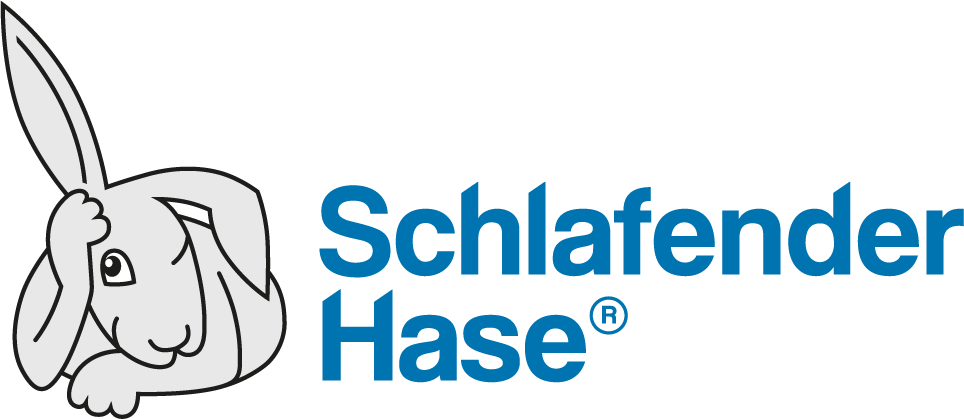The FDA’s proposed front-of-package nutrition labeling represents one of the most significant food labeling changes in decades. This article introduces the proposed rule, countries that have already implemented it, and explores the economic and health benefits.
In a move aimed at helping Americans make healthier food choices at a glance, the U.S. Food and Drug Administration (FDA) has issued a proposed rule requiring front-of-package (FOP) nutrition labeling on packaged foods. This initiative represents a major shift in how nutritional information is presented to consumers and has far-reaching implications for the food industry.
What Is the FDA’s Front-of-Package Nutrition Labeling?
The FDA’s proposed rule would require mandatory front-of-package nutrition labeling on packaged food products. Unlike the detailed Nutrition Facts label currently found on the back or side of the packaging, this new labeling system would place key nutritional information prominently on the front of food packages where consumers can see it immediately.
The proposed labeling would specifically highlight nutrients that are associated with diet-related chronic diseases and conditions, with a particular focus on added sugars, saturated fat, and sodium. Using a clear, standardized format, the labels would help consumers quickly identify products high in these nutrients of concern.
Under the proposed rule, the front-of-package label would use a consistent design that includes graphic symbols and text to indicate when a product contains amounts of these nutrients that exceed certain thresholds. This at-a-glance system is designed to complement, not replace, the more detailed Nutrition Facts label.

The extended comment period reflects the significant interest and complexity of this regulatory change. Stakeholders requested additional time to provide comprehensive feedback on the proposed requirements, indicating the substantial impact this rule will have across the food industry.
Learning from International Experience: Countries Leading the Way
The United States is not the first country to implement front-of-package nutrition labeling. Several nations have already adopted similar systems with measurable impacts on public health and consumer behavior.
- Chile: The Pioneer
Chile was the first country worldwide to implement a FOP warning label in 2016. The Chilean system uses black octagonal warning labels to indicate when products are high in calories, sugars, sodium, or saturated fats. Long-term evaluations of the FOPNL from Chile indicate that the warning labels have effectively reduced sales of products high in calories, sugars, sodium and saturated fats, benefiting populations equally across different socio-economic groups.
- Mexico: Comprehensive Implementation
Mexico’s adoption of a front-of-package warning labeling system, considered the most advanced and comprehensive regulation worldwide, began implementation in 2020. The Mexican system uses black octagons with white lettering to indicate excessive levels of sugars, sodium, saturated fats, trans fats, and calories. A modeling study predicted a reduction of 1.3 million cases of obesity and a decrease of US$1.8 billion in direct and indirectcosts after 5 years of implementing of the Warning Label in Mexico.
Proven Health and Economic Benefits
The international experience demonstrates tangible benefits:
- Reduced purchases of unhealthy products across groups
- Significant cost savings in healthcare systems
- Improved consumer understanding of nutritional content
- Industry reformulation toward healthier products
These successful implementations provide valuable insights for the U.S. market and demonstrate the potential effectiveness of the FDA’s proposed approach.





